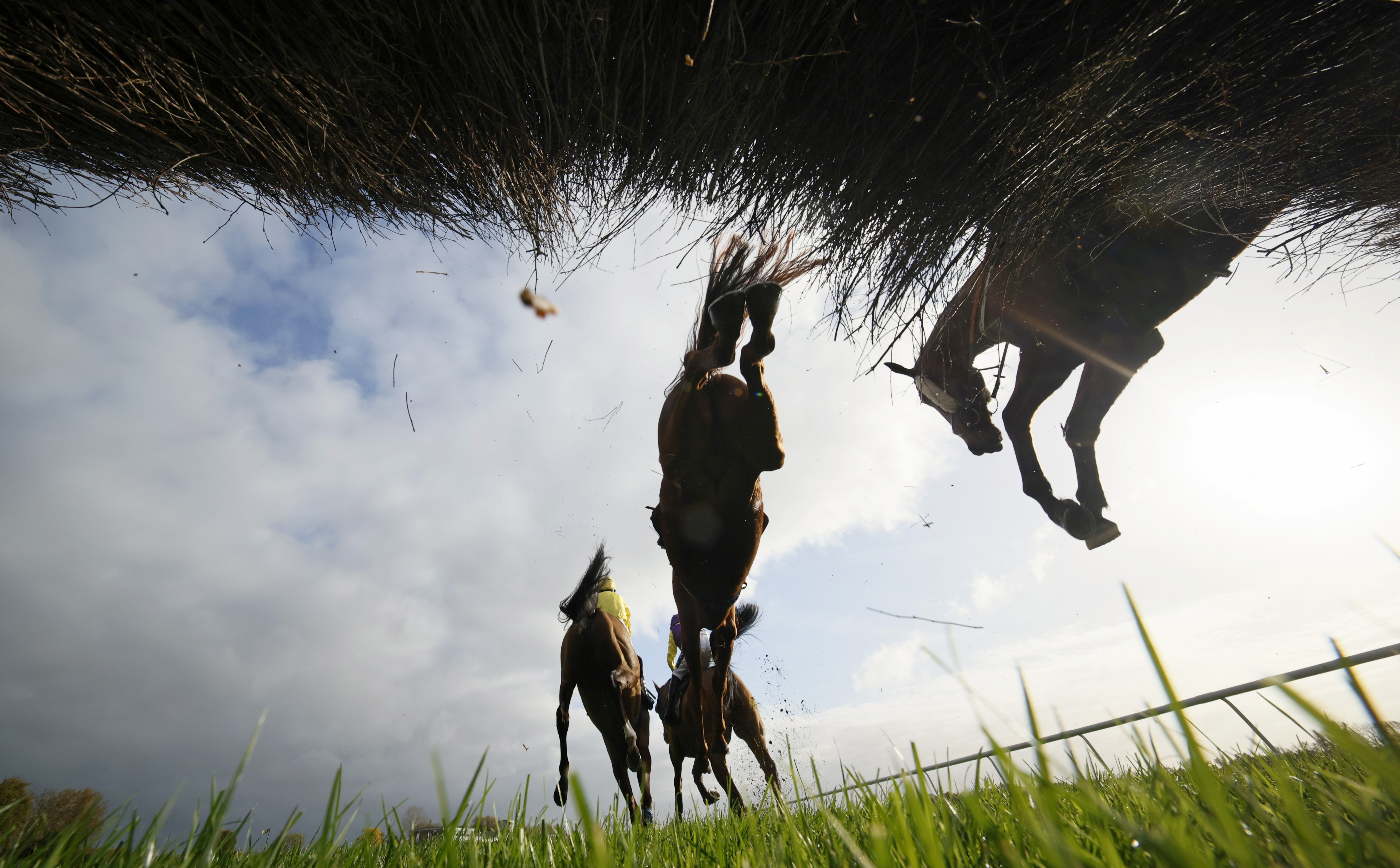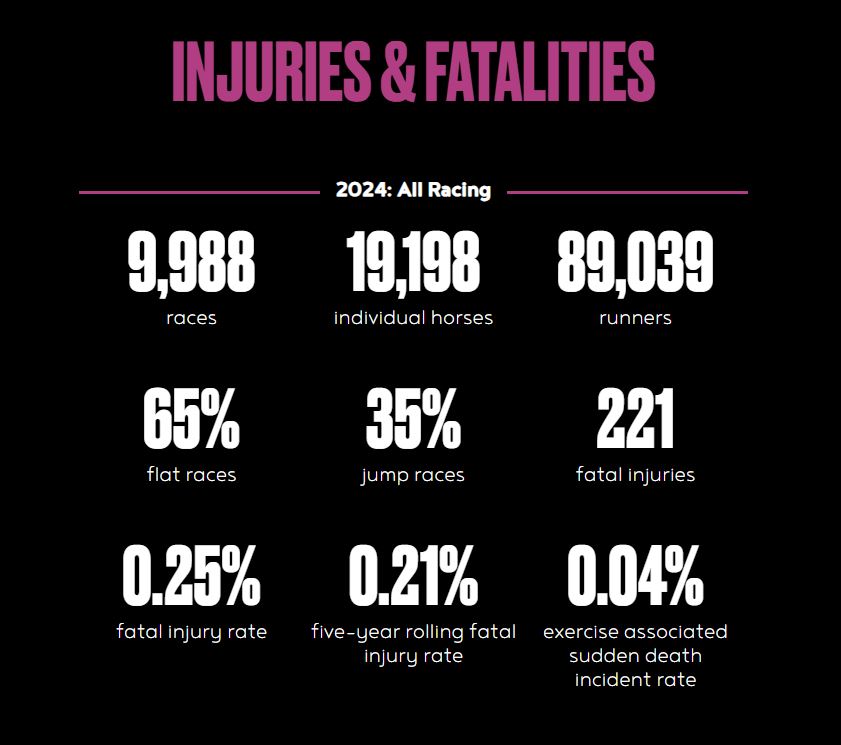WHAT HAPPENS WHEN THERE ARE FATALITIES ON A RACEDAY
British racing is committed to identifying and reducing all avoidable risk for horses.

As with all elite sports and all activities involving horses there is an element of risk, and that risk can never be eradicated entirely. So it is the clear responsibility of the British Horseracing Authority (BHA), and everyone involved in the sport, to continuously reduce avoidable risk to horses and reduce injuries and fatalities.
The Fatality Review Process
Every horse matters to our sport. In September 2023, a new pilot process was introduced to investigate every single fatality occurring on a racecourse in 360-degree detail.
Led by a panel of BHA employees the investigation procedure involves a thorough review with individuals involved prior to and during the race, alongside a review of race footage.
Feedback is gathered from racecourse staff, the jockey, trainer and trainer’s vet, alongside relevant medication. This intelligence is then collated, analysed, and reviewed by the panel.
By comparing similar incidents and gathering data, the panel will, in time, be able to identify probable contributing factors to fatalities and make recommendations for change to further reduce avoidable risk.
With the pilot scheme close to completion, the fatality review process will now be adopted on a permanent basis by the BHA.

Multiple Fatalities on Raceday
If there is more than one fatal injury at any race meeting, there is a separate protocol in place which may trigger a further review to determine whether any causal link can be established.
On the day of the incident the BHA’s raceday operations team will immediately begin to assess all relevant factors in consultation with on-course colleagues.
If viewed as beneficial, horses may also be sent for post-mortems to establish any further valuable information about the cause of a fatality.
The BHA’s Racecourse and Facilities Manager, or BHA Course Inspector, will then usually visit the site following the raceday to consult with racecourse staff. An assessment is made and a report compiled and shared with the relevant departments to determine whether any factors link the incidents.
From the site inspection, these factors could include an issue with the racing surface, or a specific area such as a bend, or an obstacle at which multiple falls continued to occur.
If a link is identified with regards to the surface or layout the BHA can then consider further action, working with the racecourse team, to ensure that issues are remedied. This work could include remedial work to ground or obstacles, resighting, bypassing or omission of obstacles, or in cases of extreme concern the temporary closure of a racecourse while further investigative or remedial work can take place.
Next Steps
There are on average 90,000 runners on British racecourses over a year. The fatal injury rate currently stands at 0.08% of all runners in flat races and 0.42% of all runners in jump races. Every one of these matters and British racing is relentless in its efforts to reduce these numbers even further.

Multiple data-gathering and safety projects are underway with expert partners including the Royal Veterinary College, the Sports Turf Research Institute, and Nottingham Trent University. This work is part of the sport’s published ‘A Life Well Lived’ equine welfare strategy, overseen by racing’s Horse Welfare Board which is focused on driving continuous improvement in key areas of welfare across racing.
The Racing Risk Model, in partnership with the Royal Veterinary College (RVC), is one such project. Using detailed, rich data spanning 14 years the purpose of the RRM is to highlight and describe the risk and types of injury in racing and identify risk factors for fatalities, fallers, and long-term injuries to allow evidence-based recommendations to be made. The results of this investment and research are now bearing fruit as decisions and recommended interventions for consideration, as well as future areas of focus, are being determined by data within the model.
Reduction of risk and injury is one of the core pillars of the sport’s welfare strategy and must always remain a priority. It is beholden on everyone in the sport to do everything within our power to reduce avoidable risk, while retaining the essence of the sport.
Useful Links
Data on injuries and fatalities in British racing is available on the HorsePWR Facts page.